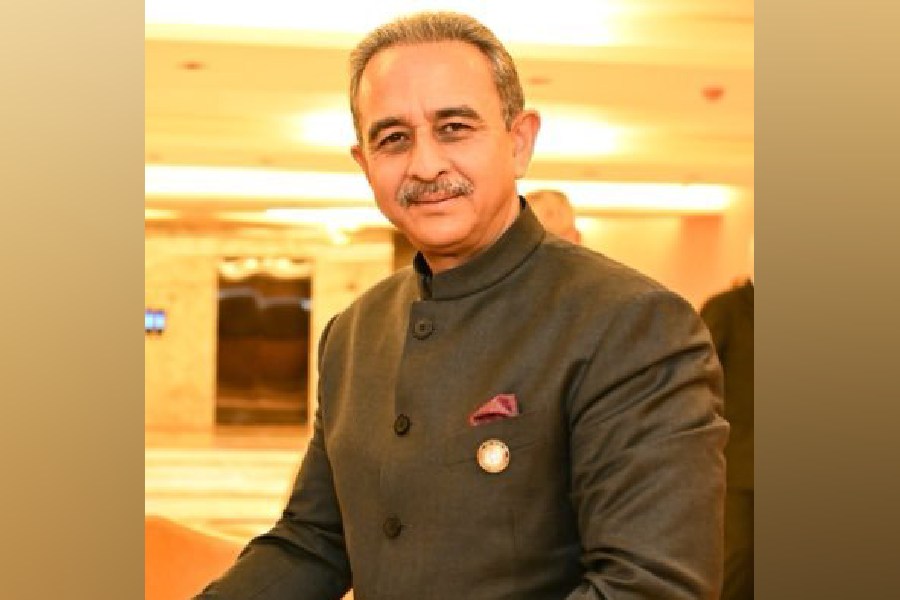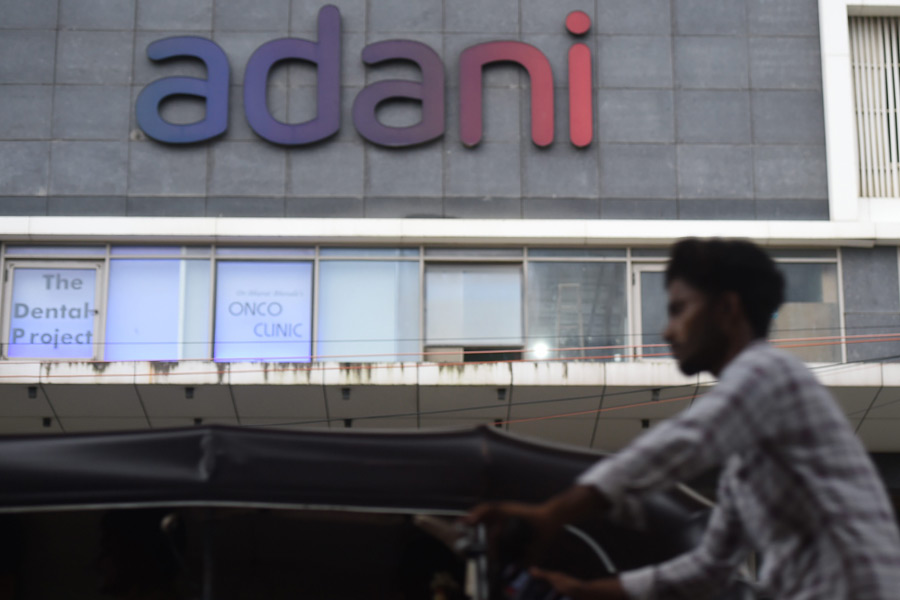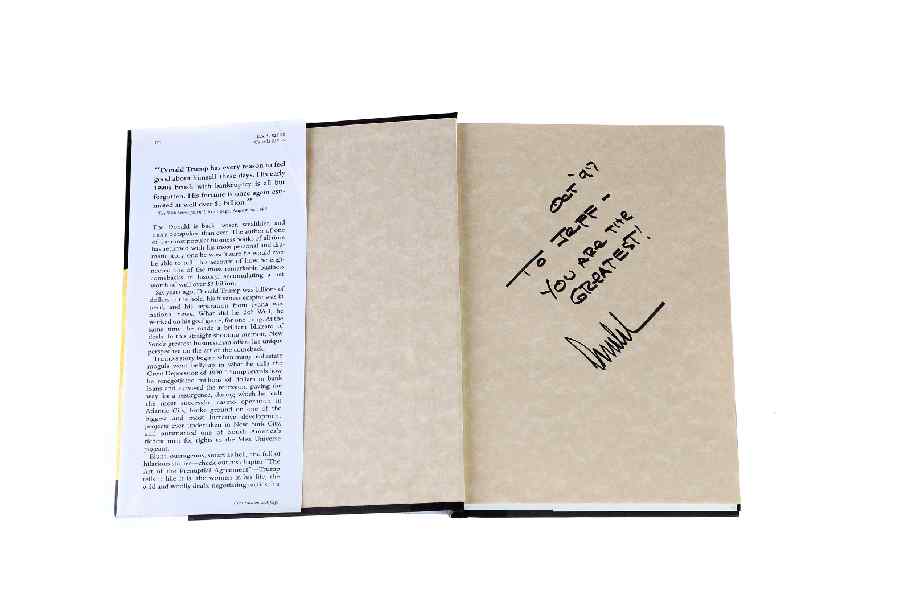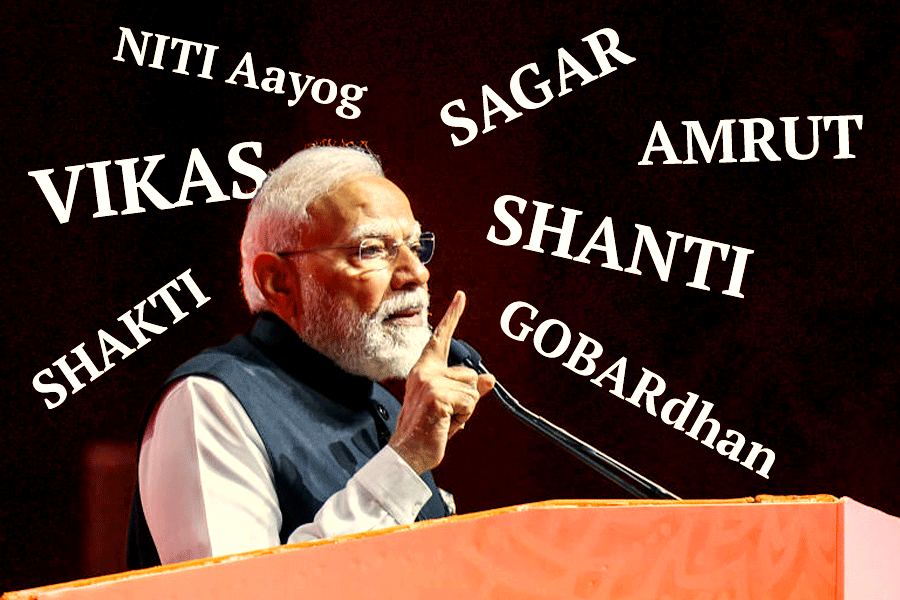 |
An event occurred unnoticed on January 31, 2006. Since it will continue to affect every aspect of our economic life for years, I have thought it appropriate to take note of it even so late.
It is the change in the base year of national income estimates from the financial year 1993-94 to 1999-2000. To illustrate how portentous this event was, let me mention that right down to 1999-2000, our national income did not include the value of goat’s milk or camel milk, betel leaves produced in West Bengal and Assam, duck eggs, or salt made by evaporating seawater. Furthermore, it ignored the fact that like animals, trees also grow, and became more valuable as they grow.
Gold and jewellery have been amongst our prize possessions for millennia; but it was only in 1999-2000 that their purchases were included. Since they can move easily from place to place, they cannot be included in fixed capital formation. Nor, unless they are stored by jewellers for business purposes, can they be classified as changes in stocks. So a special new rubric was created for them; they will be found under capital formation. I would have thought that they were consumer durables after they were acquired by female hoarders, and trade stocks before they were so acquired. But the Central Statistical Office begs to dissent.
If an enterprise made a loss, I would have thought that this was negative value added and should be subtracted from national income. But then, the irrigation departments of state governments long ago stopped collecting irrigation charges; the resulting losses of the departments are regarded as imputed subsidies. For the sake of consistency, the CSO now treats all losses of public enterprises as imputed subsidies. Would it equally treat losses of private companies as subsidies? I doubt it. Private losses signify that the company’s costs exceed its income; they reduce national income. But if the CSO is right, we can increase our national income considerably by nationalizing all loss-making businesses.
We have developed a large industry to make software. It is of such recent origin that it was ignored in previous compilations. But by 1999-2000 its output was significant, and it had to be taken into account. Is software a consumer good or an investment good? Is it like chocolate or like a chocolate-making machine? After due deliberation, the CSO classified it as investment. This makes some sense; there are people in India who are still using Windows 95, for instance. Software is obviously durable. When you play a game on your computer next time, however, remember that the CSO reckons that game to be a part of the country’s valuable capital stock. I would have thought that games were always a consumer durable, and that other software was a consumer durable when used by a consumer like me and a capital good when used by an enterprise. The CSO’s practice of treating all software as equipment leads to an overestimate of national income; but the alternative is perhaps too complex for a government organization.
The national income estimates have become increasingly sophisticated. For instance, hitherto the value of construction included only expenditure on buildings; now it includes the fixtures and fittings in those buildings as well. Foreign companies have subsidiaries in India. If they save their profits and reinvest them in the business, that increases the value of the business and adds to the foreign companies’ assets — which are, so to say, India’s liabilities to foreign investors. Those reinvested profits somehow went unnoticed all these years; now they are included in foreign inward investment.
The CSO wrote to and got valuable inputs from the departments of economics and statistics of the various state governments. On the insistence of the Assam DES, the CSO included Rs 13.55 billion’s worth of betel leaves. The Andhra DES insisted on the inclusion of toddy, but had no clue about its value. So the CSO studied consumption data from the National Sample Survey and came to the figure of Rs 5.44 billion — it looks unduly modest to me.
Getting a handle on camel hair was difficult. The Socio-economic Research Centre had said that a camel gave 700 grams of hair a year if it had one hump, and 3 kilograms if it had two — figures it said it had got from the National Research Centre on Camel in Bikaner. However, the NRCC disowned these figures, and said that a single-humped camel gave 800 grams of hair. Just why a double-humped camel gives almost four times as much hair as one with a single hump is not known; but then, the NRCC is the expert on camels, and must be trusted. There is no National Research Centre on Pigs (nota bene, Hon. Minister of Agriculture). So the CSO went to the Bhongaon Pig Fair in Mainpuri district and gave a haircut to a number of pigs. The average pig yielded 155 grams. Camels and pigs together accounted for Rs 180 million of hair.
Many of our people live in kutcha houses; the resources that go into their construction should be included in investment. This category has turned out to be very convenient for the CSO. It found that as tea shrubs, coffee creepers and rubber trees grew, they became more valuable. Not knowing where to put this value added, the CSO classified it as kutcha construction. This habit of treating trees as kutcha houses became an addiction; the CSO went on to define as kutcha value added by growing plants of seven kinds — mango, grape, coconut, arecanut, cashewnut, sapota, and citrus fruit. Then recently it found that many tall, sophisticated windmills had gone up in the country. Not knowing what to do with them, the CSO classified them too as kutcha houses. But growth in timber trees such as teak and deodar is not included, presumably because the Supreme Court has banned felling of forest trees and all such wood produced is illicit.
Even after including everything possible in kutcha houses, a number of services remained. These include sewage and refuse disposal, social work, unorganized hairdressing and beauty treatment, and funeral services. One could question whether the output of extraterritorial organizations such as embassies is a part of a country’s income at all. The CSO thinks it is; they too are dumped into other services together with rubbish dumps and cemeteries.
If an animal gives milk, is hitched to a cart or plough or gives babies, it is treated as a capital asset. The change in the number of animals is termed investment, and the capital stock is depreciated. But pigs and chicken are not considered durable assets; change in their numbers is treated as a change in stocks, not as investment.
After reading through the CSO’s Report on the New Series of National Accounts Statistics, I was left extremely exercised. While the CSO has included the value of camels’ hair and pigs’ bristles, I am not sure it has included the value of the services of the artists who cut their hair. That exclusion leaves the figures for beauty treatment severely underestimated. I think the prime minister should appoint a committee to look into this omission.










